Every business, no matter how large or small, should have a succession plan, or at least consider establishing one. In short, a succession plan is a strategy for the future. These plans should be designed to identify employees who can fill leadership roles when incumbents move on. The objective is to create a talent pipeline ensuring an established successor fills the vacancy or ensures a smooth transition until a successor is named. A succession plan is imperative for the longevity of any business. It is a proactive approach that ensures business continuity, increases employee engagement and retention, and drives overall growth. Having a smooth succession plan in place eliminates potential business disruptions. Below are several best practices we’ve put together to ensure successful and effective planning.
Start Early & Evaluate Often
When it comes to succession planning you should start well before you think it is necessary. Having an established plan in place will be crucial for the success of your company and the individual who will take over. Your succession plan should be a proactive and ongoing process. With the workforce constantly evolving this should be a fluid process and continuously evaluated. Do not be dissuaded if you find there are regular adjustments to be made, this is normal. In fact, a succession plan should be evaluated regularly to ensure the plan remains relevant and continues to align with the needs of your business.
Identify Key Roles & the Related Skills
In this step, you want to distinguish what roles are critical to the success of your organization. This may be a role that has an overall impact on the performance of your company, or it could be a position that will be hard to fill with external candidates. You might want to include human resources or utilize an outside consultant, to gain another perspective. Once you have the role(s) identified then you need to identify the related skills. Conducting a job analysis allows you to define the essential functions and responsibilities that align with the role. You will have a clearer picture and a better understanding of the responsibilities for the key roles thus enabling you to tailor the training.
Conduct Assessments of the Current Talent Pool
Now that you have identified the critical roles within your company – you may be asking yourself, “Are there current staff ready to assume these roles and responsibilities?” The answer may be no, and that is okay. Your main objective is to identify high-talent individuals who could step into the role. If they are not ready now, with training and development, could they be ready in 1 year? 3 years? Or 5 years? You will want to evaluate individual performance as well as leadership abilities. Once you have potential candidates, it is important to have honest conversations with them to determine if they are interested in the role. From there, you may want to conduct a more formal interview to identify their areas of strength and areas of improvement. For a succession plan to be successful, it will be important to complete regular employee reviews and reevaluate employees’ openness to exploring their options. Your goal is to begin creating a record of potential successors.
Create a Talent Pipeline
Once you have high-talent individuals identified you can begin to prepare them to become successors. A succession plan should focus on the transfer of institutional knowledge. It should be tailored to guide the employees in the right direction and prepare them for future roles. There should be targeted career development strategies put into play to ensure a smooth transition. This can be done through a variety of modalities including but not limited to mentoring, cross-training, coaching, and professional development. A talent pipeline enables a smooth execution of your succession plan.
Communicate Openly and Regularly
When it comes to communication, transparency is key. Discussions such as these are important not to have behind closed doors. You want to include all necessary individuals and key stakeholders in the conversations to ensure everyone is on the same page. Additionally, by being transparent and encouraging openness, you are demystifying the process. Maintaining open lines of communication manages expectations, alleviates guessing, and encourages a positive and inclusive culture. Moreover, being transparent could also boost employee morale. If it is communicated that your company commits to developing internal candidates, they are more likely to be engaged and stick around for the long haul.
You know your business and what is best for its growth and stability, however, it would be poor business practice to have the mindset that a succession plan is not required. Inadequate succession planning can be the demise of your organization. You want to ensure you have a plan that identifies and supports key employees to fill crucial vacancies. Following best practices like starting early, identifying vital roles, and maintaining a talent pipeline will mitigate risks, promote long-term growth, as well as drive innovation. A well-thought-out and researched succession plan ensures business stability, continuity, and longevity.
For further assistance in your job search or your search for qualified candidates, please call (518) 275-4816.
LATEST READS FROM WALRATH RECRUITING:




